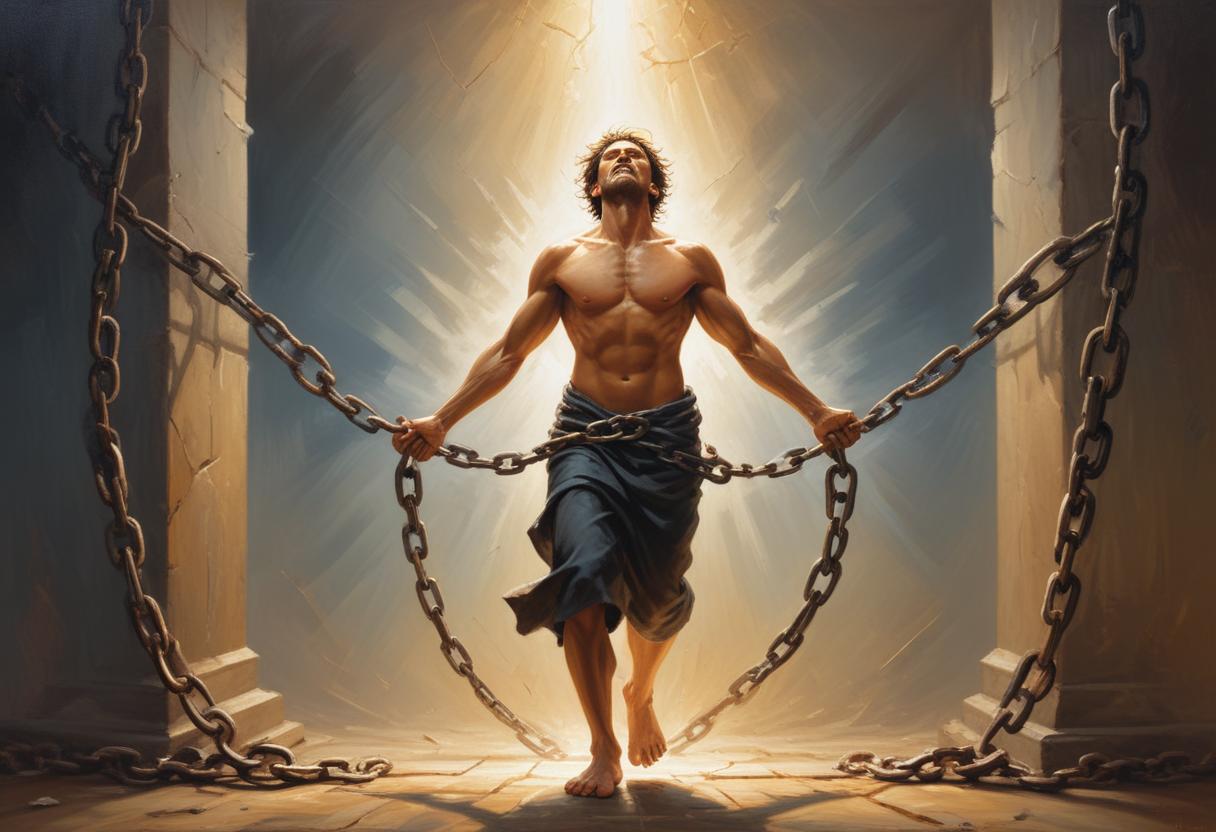
This article gives extensive information about Shiv Puran, its origin, verses and more
Shiva Purana: Hindu scripture dedicated to Lord Shiva
Overview: A principal text in the Shaivism literature corpus, revolving around Lord Shiva and goddess Parvati, and revering all gods.
Original Composition: Initially contained 100,000 verses set out in twelve Samhitas, abridged by Sage Vyasa.
Current Versions: Exists in many versions with one major version of seven books, another with six books, and a version from medieval Bengal with no books but two large sections called Purva-Khanda and Uttara-Khanda.
Date of Composition: The oldest surviving manuscripts were likely composed around 10th- to 11th-century CE, with some chapters possibly composed after the 14th-century.
Content: Contains chapters with Shiva-centered cosmology, mythology, ethics, yoga, pilgrimage sites, bhakti, rivers, and geography.
Philosophical Significance: The oldest chapters incorporate significant Advaita Vedanta philosophy mixed with the theistic elements of bhakti.
The Shiva Purana is a significant Hindu scripture that primarily revolves around the Hindu god Shiva and goddess Parvati, but references and reveres all gods. The Shiva Purana asserts that it once consisted of 100,000 verses set out in twelve Samhitas (Books); however, the Purana adds that it was abridged by Sage Vyasa before being taught to Romaharshana.
The surviving manuscripts exist in many different versions and content, with one major version with seven books, another with six books, while the third version traced to the medieval Bengal region of the Indian subcontinent with no books but two large sections.The Shiva Purana, like other Puranas in Hindu literature, was likely a living text, which was routinely edited, recast and revised over a long period of time. The oldest manuscript of surviving texts was likely composed, estimates Klaus Klostermaier, around 10th- to 11th-century CE.
Some chapters of currently surviving Shiva Purana manuscripts were likely composed after the 14th-century.The Shiva Purana contains chapters with Shiva-centered cosmology, mythology, and relationship between gods, ethics, yoga, tirtha (pilgrimage) sites, bhakti, rivers and geography, and other topics. The text is an important source of historic information on different types and theology behind Shaivism in early 2nd-millennium CE.
The oldest surviving chapters of the Shiva Purana have significant Advaita Vedanta philosophy, which is mixed in with theistic elements of bhakti.The Shiva Purana is a rich source of learnings and teachings for individuals seeking spiritual growth and enlightenment. The text emphasizes the importance of devotion, self-discipline, and righteous conduct in one’s life. It also highlights the significance of Shiva as the supreme deity, the creator, sustainer, and destroyer of the universe, and the ultimate source of all knowledge and wisdom. The Shiva Purana also emphasizes the importance of yoga and meditation in attaining spiritual growth and enlightenment.
Shiva Purana is a profound and transformative text that offers a wealth of wisdom and teachings for those seeking spiritual growth and enlightenment. By embracing the teachings and wisdom of the Shiva Purana, individuals can cultivate self-awareness, detachment, equanimity, and spiritual growth, leading to a life filled with purpose, wisdom, and enlightenment.


